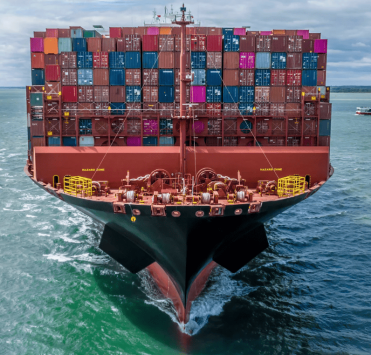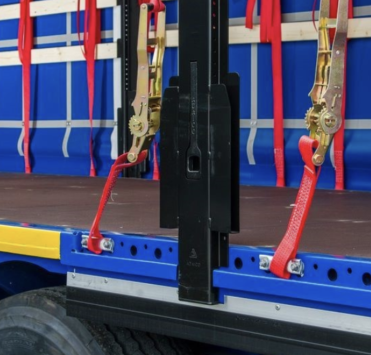EXW vs FCA: What are the differences and who is responsible for what

DAP (Delivered at Place) and CPT (Carriage Paid To) are two Incoterms (International Commercial Terms) that regulate the conditions for the delivery of goods in international trade. Both terms relate to the delivery of goods and the allocation of responsibility between the seller and the buyer, but they differ in the level of responsibility and the stages at which risks and costs are transferred.
DAP (Delivered at Place)
- Seller's obligations: The seller is responsible for delivering the goods to the agreed place of destination (e.g., the buyer's warehouse or another location specified in the contract). The seller arranges and pays for all transportation costs to this location. However, the seller is not required to unload the goods at the destination.
- Risks and responsibilities: The risks transfer from the seller to the buyer only when the goods are delivered to the agreed place and are ready for unloading. This means the seller bears all risks until the goods arrive at the destination.
- Buyer's obligations: The buyer is responsible for unloading the goods and for further actions, such as import customs clearance, if applicable. The buyer is also responsible for paying any import duties and taxes.
CPT (Carriage Paid To)
- Seller's obligations: The seller arranges and pays for the transportation of goods to the specified place of destination. The seller is also responsible for covering the costs of export clearance. However, once the goods are handed over to the carrier, all risks transfer to the buyer, even if the goods have not yet arrived at the final destination.
- Risks and responsibilities: The risks transfer from the seller to the buyer at the moment the goods are handed over to the carrier, not at the final destination. This means the buyer is responsible for any damage or loss of the goods from this point onward.
- Buyer's obligations: The buyer is responsible for any further risks and costs, including additional transportation costs if the goods need to be moved further along the chain. Additionally, the buyer is responsible for import duties, taxes, and customs clearance in the destination country.
Transportation and Risks
- DAP: All transportation costs and risks associated with delivery remain with the seller until the goods arrive at the agreed place of destination. This may include several stages of transportation, especially if the goods are moved through multiple countries or types of transport (e.g., shipment by sea, followed by delivery by truck).
- CPT: The seller pays for transportation costs to the place of destination, but the risks transfer to the buyer as soon as the goods are handed over to the carrier. This is important to consider, especially if the transportation involves multiple carriers or complex logistics chains, as the buyer must manage the risks at an earlier stage.
Customs Formalities and Insurance
- DAP: The seller is responsible for export customs formalities as well as transportation to the place of destination, but the buyer must arrange import clearance and pay the corresponding duties and taxes. The seller is not obligated to insure the goods but may do so to mitigate risks until delivery.
- CPT: The seller is also responsible for export customs formalities and arranging transportation, but insuring the goods after handing them over to the carrier becomes the buyer's responsibility. The buyer must ensure that the goods are insured against possible risks after they are handed over to the carrier, especially if it is long-distance or complex transportation.
Example of Use and Who It's Suitable For
- DAP: This term is often used when the buyer wants to minimize their risks and wants the seller to be fully responsible for delivering the goods to the final destination. It is convenient for buyers who do not want to deal with transport companies or have no experience in managing logistics.
- CPT: This term can be useful for experienced buyers or companies with a strong logistics network that can manage risks and interact with carriers. CPT is convenient for those who want the seller to cover transportation costs to the specified place but are willing to take on the risks and responsibilities after the goods are handed over to the carrier.
Conclusion
DAP is more convenient for buyers who want to minimize their involvement in the delivery process by transferring all risks to the seller until the goods arrive at the place of destination. CPT, on the other hand, gives the buyer the opportunity to take on risk management from the moment the goods are handed over to the carrier while retaining the benefit of seller-paid transportation to the specified place.
Thus, the choice between DAP and CPT depends on when the buyer is ready to take on risks and what capabilities they have for managing the transportation of goods.









